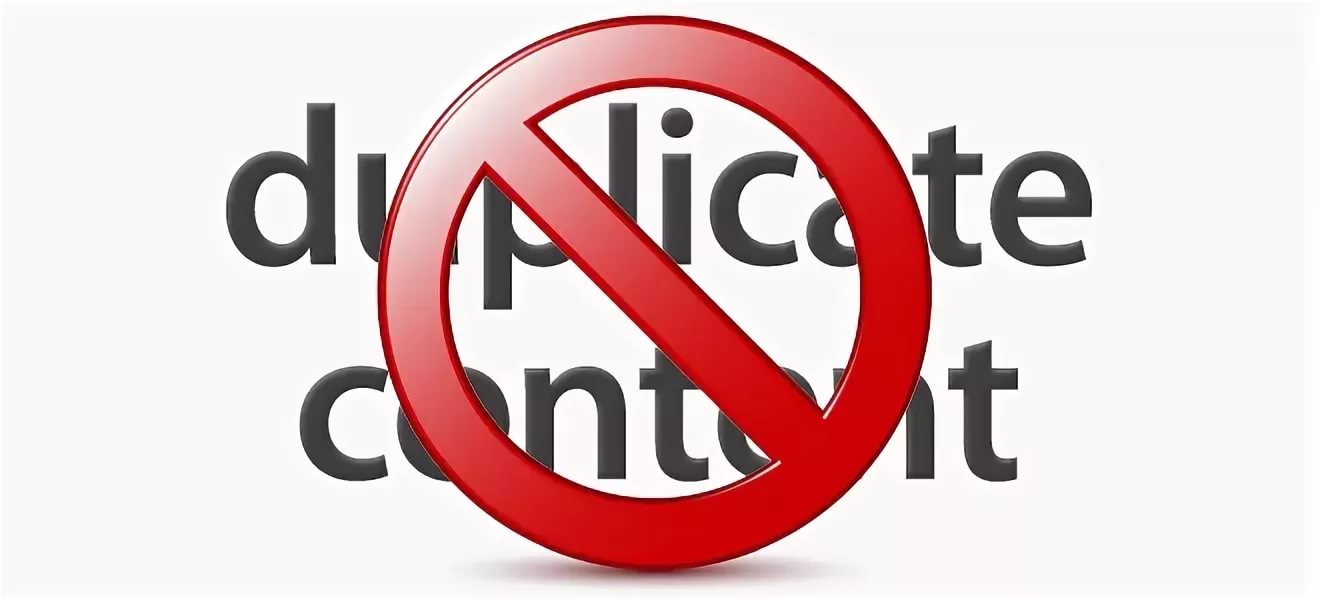Unique content is one of the most important elements of a good website and https://telegram-store.com/catalog/product-category/channels/technologies. Using the same texts on different pages or copying them from external sites can be a blow to a website. What is duplicate content and what can happen to a company’s website because of duplicate content?
What are the consequences of duplicate content?
Plagiarism is the repetition of the same or very similar text in one or more domains.
Duplication can be either intentional or accidental, but it is always dangerous in the context of SEO. After all, Google rewards those pages that contain original, distinctive content with high positions in search results.
The source of problems is most often the preparation of content by companies themselves or outsourcing it to non-professional freelancers. Therefore, a safer solution is a layout in which both graphic design and copywriting are done by the same agency.
External duplicate content
The worst option is to use material copied from other sites in your own domain. Examples here include rewriting content from other sites, which is still so common in product descriptions.
The first situation is simply theft. The second option is more “popular”, but it is better to prepare descriptions yourself, because there is a high probability that this text is already in many other online stores.
However, external duplicate content can be unintentional. This happens, for example, when the author quotes a large fragment of text, but forgets to use the appropriate tag. In doing so, he shares his content with various collective websites, such as comparison/database sites.
What to do in these situations? If a popular industry website wants to use an entry, but the portal tags the text links as canonical (original), for Google the article may have duplicate content.
Internal duplicate content
Duplicate content in the same domain. In this situation, duplicate content does not necessarily mean intentional, such as in the form of copying service descriptions on many subpages. Internal duplication can occur simply due to improper site optimization.
Examples of causes of internal duplication:
- the Web site operates in multiple languages, but not all content is translated;
- meta title and description are the same for different subpages.
Duplicate content and Google
Duplicate content – whether intentional or completely accidental – can always be bad for positioning. However, when Google scanners recognize that search results are intentionally manipulating content, the consequences can be serious. For example, applying a special filter to a site.
Exclusion from the index, in turn, means lower brand visibility in regular search results, less website traffic and lower conversion rates. Not to mention the risk of legal problems if someone proves that the texts on the site are actually copied.
Unique content is the key to good and fast SEO promotion of a website in search engines!
